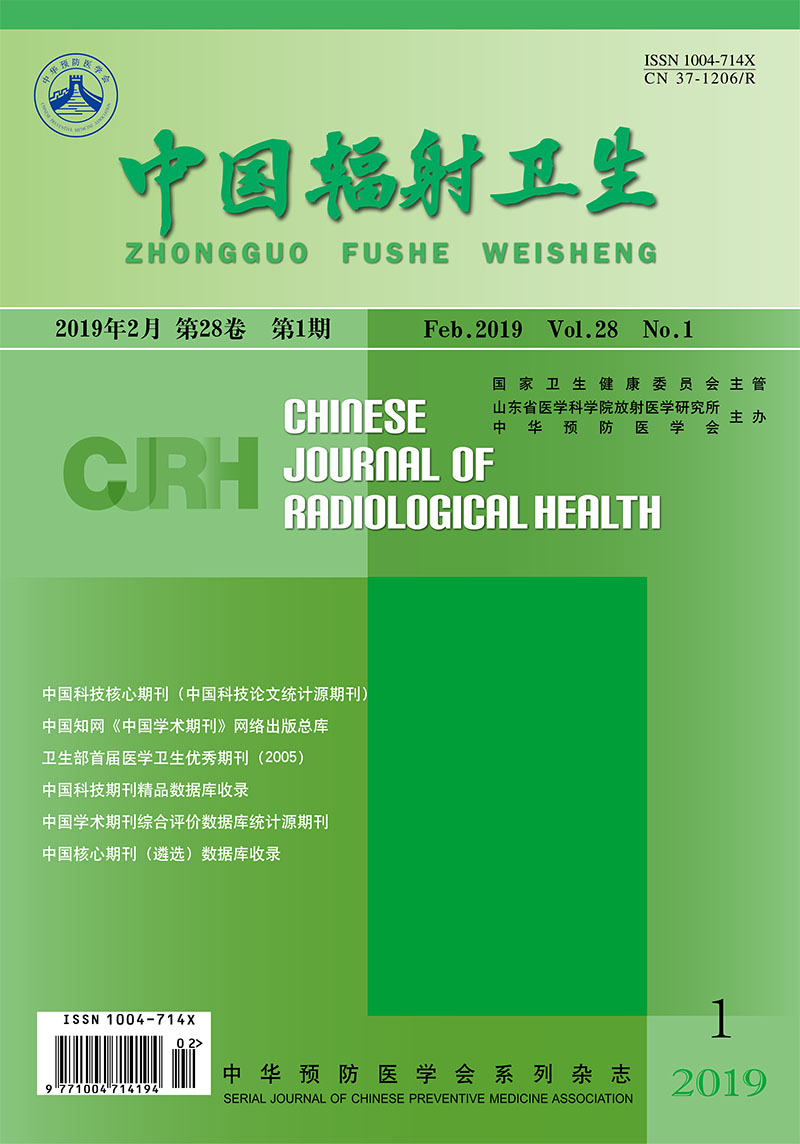ZHAO Zhen, MU Sheng, FAN Fang, ZHANG Bingxiang, YANG Zijian, WU Guoliang
Objective To investigate radioactivity level in the surrounding environment ofadecommissioned uranium mine in western yunnan,and evaluate health risks to residents. Methods The crops,soil andwater samples were collectedand analyzed using HPGe gamma ray spectrometer,to get the radionuclide contents in the environmental medium. Results In the samples, the mean specific activitiesl of 238U、232Th、226Ra、40Kand 137Csin soil were83.0,85.4,71.4,524and 1.27Bq/kg,respectively;the mean specific activities of 238U,232Th,226Ra,40K and 137Csin fresh tea leaves were 0.061, 0.652, 0.650, 92.5 and 0.061 Bq/kg,respectively;the mean specific activities of 238U、232Th、226Ra、40K and 137Csin maizewere0.184, 0.122, 0.302, 78.3 and 0.015 Bq/kg,respectively; Radioactivity levels of 238U、232Th、226Ra、40K and 137Csin cabbages were 0.090, 0.224, 0.469, 80.0 and 0.011Bq/kg,respectively;the mean specific activities of 232Th,226Ra and 40K in drinking water were 0.146, 0.310 and 2.25 Bq/L,respectively,and the specific activities of the 238U and 137Cs in drinking water were lower than the detection lower limit respectively. The average annual effective doseof natural radionuclides in soil was 131 μSv per year. Conclusion The level of radioactivity in the environment around decommissioned uranium mines is within the normal background, which poses low health risks to the residents.

